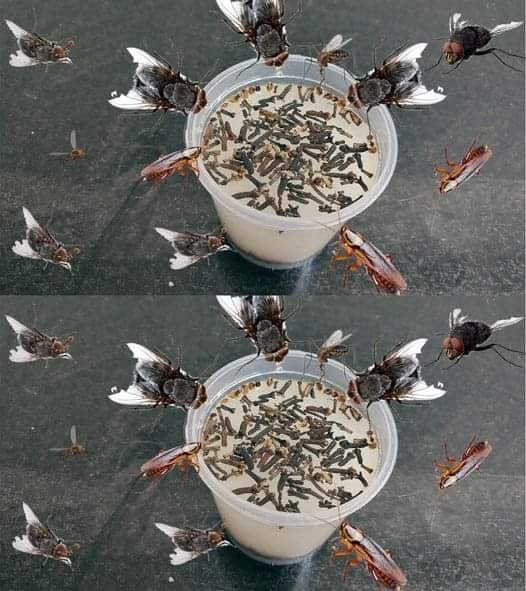If you’ve ever spotted a small cluster of tiny, translucent, jelly-like spheres in your garden, yard, or even inside your home, you might have just come across tick eggs. These seemingly harmless, bead-like structures are actually a ticking time bomb for a potential infestation. Understanding what they are and how to deal with them promptly can help protect you, your family, and your pets from the dangers of ticks.
What Do Tick Eggs Look Like?
Tick eggs are tiny, round, and often appear in clusters. They can range in color from amber, brown, or red to dark black, depending on the tick species. The eggs are often sticky and may be attached to surfaces such as leaves, grass, soil, or even the corners of your home. Female ticks can lay thousands of eggs at a time, which hatch into tiny larvae that seek out a host to feed on.
Where Are Tick Eggs Commonly Found?
Ticks prefer humid and shaded areas, so their eggs are often laid in:
Tall grass or shrubs
Wood piles or garden mulch
Pet bedding or carpets
Cracks and crevices around your home
If you have pets that go outdoors, they can unknowingly bring ticks into your living space, increasing the risk of eggs hatching inside your home.
Why Are Tick Eggs Dangerous?
While tick eggs themselves do not pose an immediate health threat, the larvae that emerge from them can spread tick-borne illnesses such as Lyme disease, Rocky Mountain spotted fever, and anaplasmosis. These diseases can affect both humans and animals, leading to severe health complications if not treated early.
What to Do If You Find Tick Eggs?
If you come across a cluster of what appears to be tick eggs, here’s what you should do immediately:







